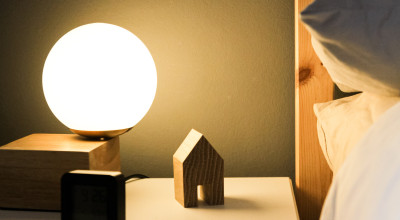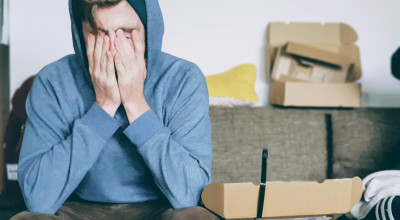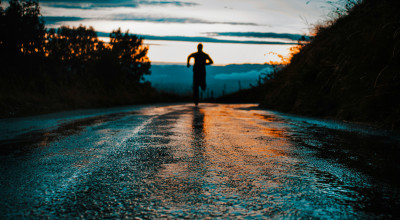Managing Screen Time During COVID-19
August 11th, 2020
Those in touch with the intersection of mental health and social/digital media know that those two don’t commonly pair well together. Particularly during the current times of coronavirus, our screen time is likely higher than it has ever been before. This is a natural circumstance of quarantining for many and doesn’t always have to be a bad thing. Leaning into familiar pastimes like binging shows on Netflix is okay to engage in on occasion, but you might be surprised at the number of alternatives available.
Though on another screen, the capabilities of the Internet are limitless. How we use our quarantine time, though tempting, doesn’t have to be spent solely on entertaining time burners. There are productive, social, and unique opportunities of digitally spending time that not all of us are taking advantage of. In this blog, we’ll briefly cover both common and creative options, and describe how they can make a positive impact on your mental health.
Idle/Passive Screentime
For the sake of drawing boundaries and using time productively, understand what “idle” or “passive” screentime is. If you are scrolling through Facebook endlessly or binging an easy-to-watch show for hours at a time, you are engaging in “idle” screentime. Idle time is completely acceptable; we have to allow ourselves breaks sometimes. However, passive time should be broken up by productive or creative time as well to keep our brain active and healthy.
When we use our time productively or creatively, our brain feels a sense of accomplishment that creates “happiness” chemicals. That’s oversimplifying it, but in short: it’s a safe assumption that learning new skills, being creative, and trying new things will help make you happier. While not a guarantee, finding the “right” activity for you might be like hitting the dopamine lottery.
Next time you’re considering how to spend your time on a screen, keep the difference in mind. Ask yourself if your planned activity is idle or not, and if you’re breaking up your time enough with activities that will help contribute to improving your mental health.
Productive/Creative Activities
Use your time socially - It’s 2020, and we’ve developed some fairly robust ways of communication digitally. If you find yourself growing tired of texting and phone calls, try adding faces to the mix! Services like FaceTime, Skype, and Google Hangouts (and the now infamous Zoom) allow for unlimited face-to-face time provided you have a camera on your phone or laptop.
Catch up with a friend you haven’t spoken with in a while, or maybe a relative who misses you! If you have older relatives that don’t understand technology so well, help them buy a webcam and figure out how to get on the line. If the opposite is true and YOU are the one who doesn’t understand, ask for help! Call a relative, ask a friend, or even consult the internet. Somebody will help you figure it out.
Translate your skillset to digital - This particular point may not apply to all of us, but lots of hobbies and skills can be accomplished online now. Illustration, design, music, you name it; it’s all possible at some capacity to do online now. Even hands-on simulator experiences are as strong as they’ve ever been: you can cook food, fly a plane, or even put together a car from the ground up (at a fraction of the cost!).
Try education over entertainment - These two types of content actually have a lot more overlap than you might think. If you engage in “edutainment” a little bit already, you’re probably already aware of how diverse our options are now (for both adults and children). Streaming services like Netflix and Hulu have a wide array of documentaries that gets overshadowed by the huge amount of other content available.
YouTube is also an engine of educational entertainment. Despite the content being free, hundreds of channels focusing on just about any topic you can think of are developing new content all the time. If you learn new information and expand your mindset regularly, the joy of new knowledge will likely follow shortly.
Set limits on screen time - This final point goes against the spirit of the blog post, we know. But maybe that should help drive in how important this one is. After you’ve spent some of your time doing creative and idle activities on screens, give yourself a break. For as entertaining as some of these ideas are, or as relaxing as binging a tv show, our brains are not meant to stare at screens for 12 hours a day.
Too much of any one thing declines the quality of how we experience it with repeated use. This holds true for watching too much of the same show, or too many videos from a YouTube channel. Breaking up our time with screen breaks will not only force us to find new things to do, but also re-enhance the experience of screen activities when we return to them. So kick back, take a break, and maybe try a new book every now and then! Game of Thrones can wait for a few more minutes.


